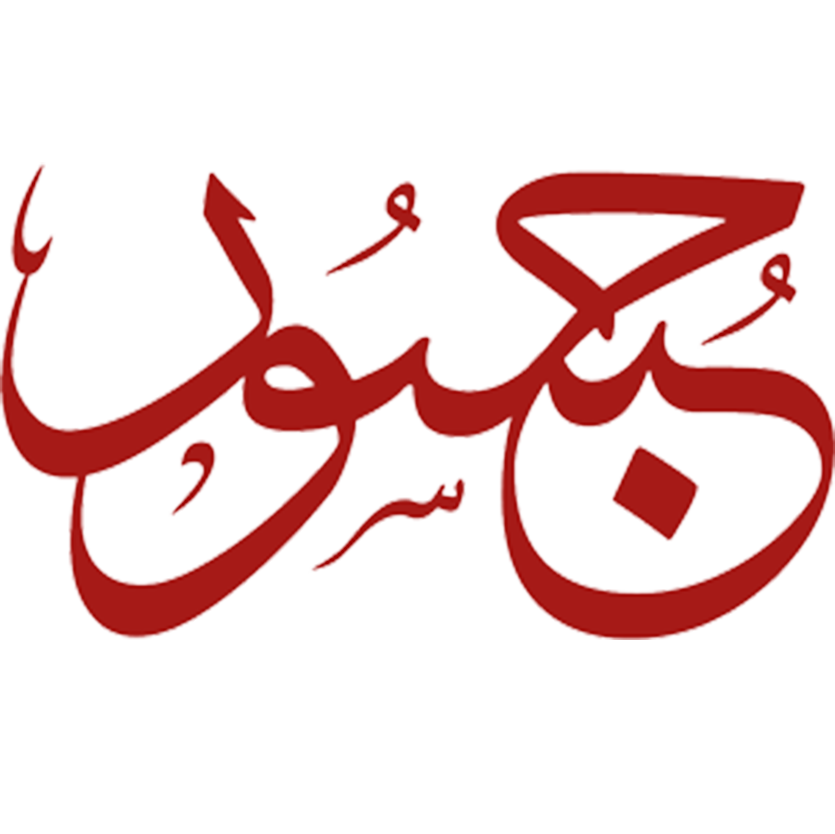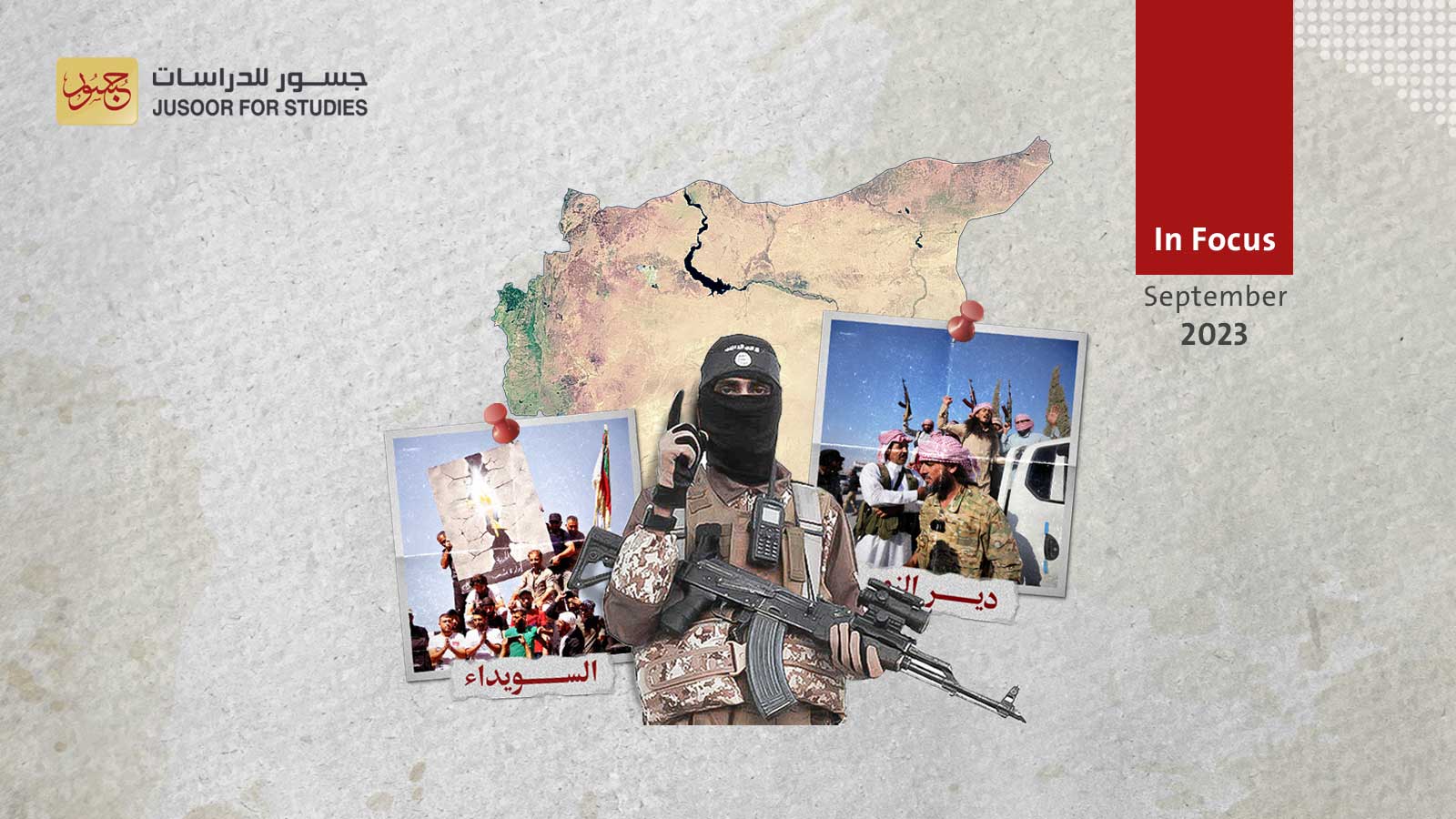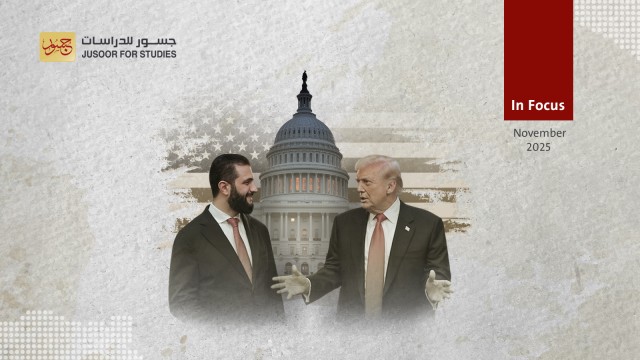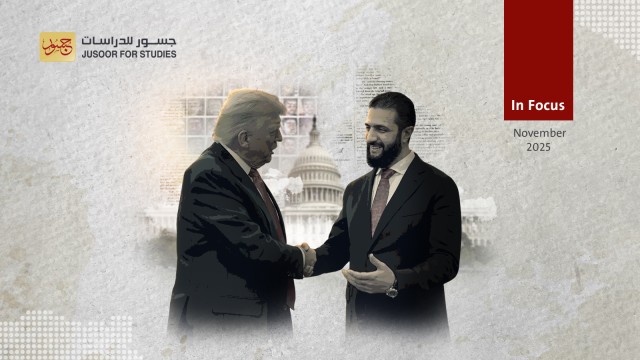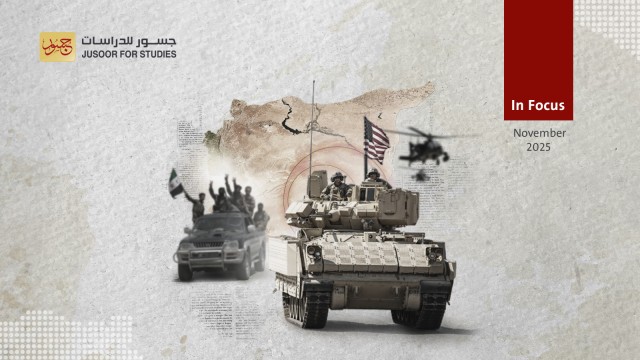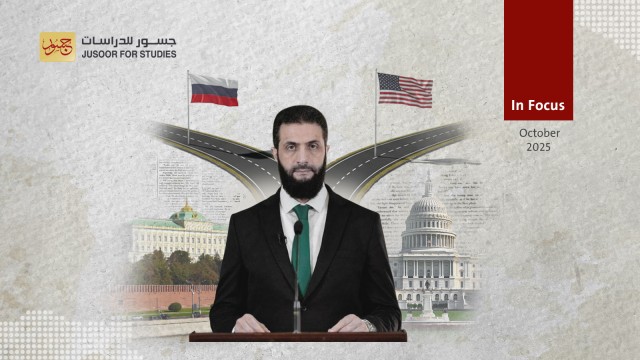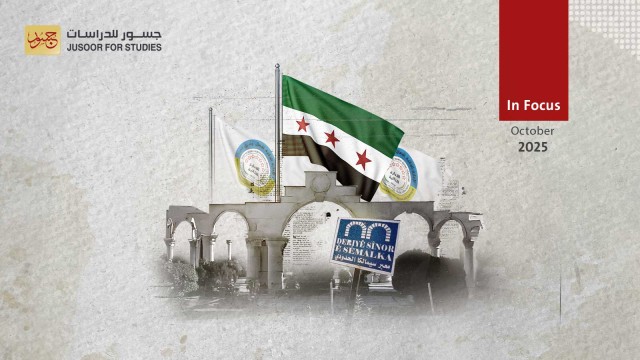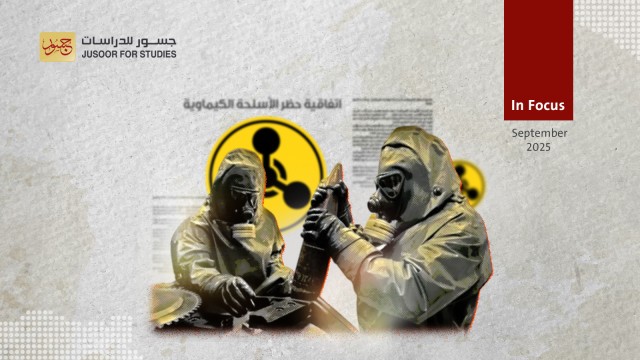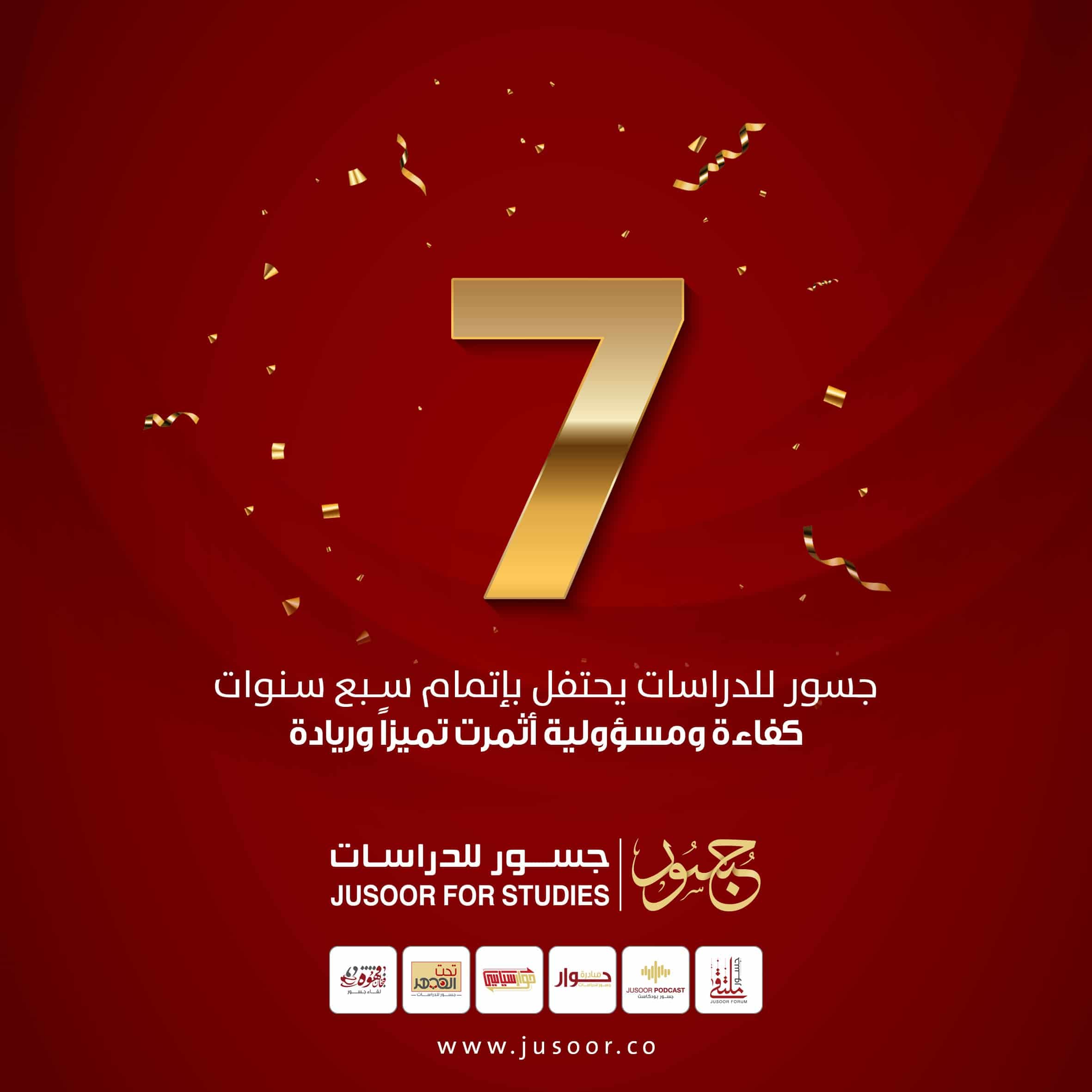ISIS's Strategic Positioning Amidst the Turmoil in Deir ez-Zor and Sweida
Since mid-August 2023, Syria has been experiencing a seismic shift in the dynamics on the ground, a change so dramatic it threatens to alter the status quo involving multiple local actors, including ISIS. Notably, the epicenters of this disturbance are Deir ez-Zor and Sweida, two regions that also serve as key operational areas for the terrorist organization.
In Deir ez-Zor, the conflict has primarily been between the Arab tribes and the Syrian Democratic Forces (SDF). This confrontation is crucially unfolding in the eastern rural areas of the province, which is often a hotbed of ISIS activities. Simultaneously, the province of Sweida, known for cities and towns openly protesting against the Syrian regime, has seen intermittent activities by ISIS cells. The organization thus finds itself at an intersection where it can potentially influence and be influenced by unfolding events.
What is intriguing, however, is the relative restraint shown by ISIS. In Deir ez-Zor, despite an opportune moment to escalate attacks against the SDF and the tribes, the organization has curiously refrained from expanding its range of operations. It has also not declared an official stance regarding the tribes that have historical engagements with the US-led International Coalition. The organization's cells have virtually ceased all military activities in the clash zones, restricting their attacks to areas outside, such as Raqqa, al-Hasakah, and western Deir ez-Zor.
Obviously, ISIS has chosen to wait and observe the outcomes of the confrontations between the two parties. This is due to its experience in a region known for the complexity of alliances and positions. It has neither sent supportive messages to the tribes nor negatively affected their movement. Local supporters of the organization have called on the tribes to cooperate with it and exploit the favorable conditions to expel the SDF from Deir ez-Zor, while its external supporters were more inclined to gloat over the tribes and their current fate.
In Sweida, the organization has not carried out any operation within the administrative boundaries of the province during the period of protests. Nor has it exploited the state of instability to boost its activity there, which has declined to almost zero since the beginning of 2023. It is worth mentioning that Sweida falls organizationally under the Horan sector, which also includes the provinces of Daraa and Quneitra.
Typically, the organization in southern Syria (Horan sector) deals with the protests in Sweida differently than the situation in Deir ez-Zor (Al-Barakah sector) due to a state of decentralization between the two regions at the level of leadership and cell activity.
The organization's current stance of neutrality and policy of non-interference in the new upheavals in Syria are linked to a host of strategic considerations. Targeting Sweida would not achieve its desired political objectives, such as propaganda, local support, and draining the resources of the warring parties.
However, it is likely that it will not miss an opportunity to expand its activities in the province's hinterlands if the regime affords it the chance, as has happened in the past; especially since it has no prospects for future negotiations with the spiritual leaders of the Druze community, unlike the situation in Deir ez-Zor. There, its current neutral position allows it to negotiate with local community elements to expand its activities, whether for targeting the SDF, gathering information, or improving resources. Moreover, intervening in Deir ez-Zor could expose it to attrition, as the international coalition would impose a ceasefire and direct military and security efforts against its cells.
In summary, the organization has not changed its policy towards the various parties in Deir ez-Zor and Sweida, whether in terms of classifying the tribes or targeting the SDF—with its various Arab and Kurdish components—or targeting regime forces and their collaborators in southern Syria. However, field conditions and protests have pushed it to adopt a waiting position, and perhaps later pressure the parties in eastern Syria to achieve some logistical and financial interests.
